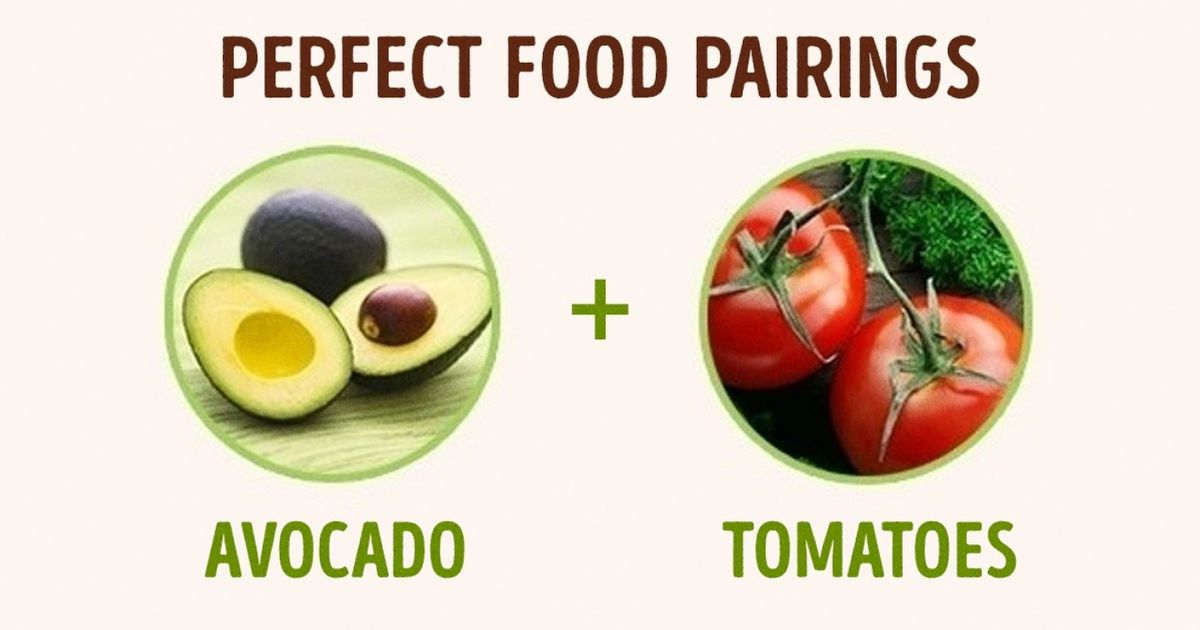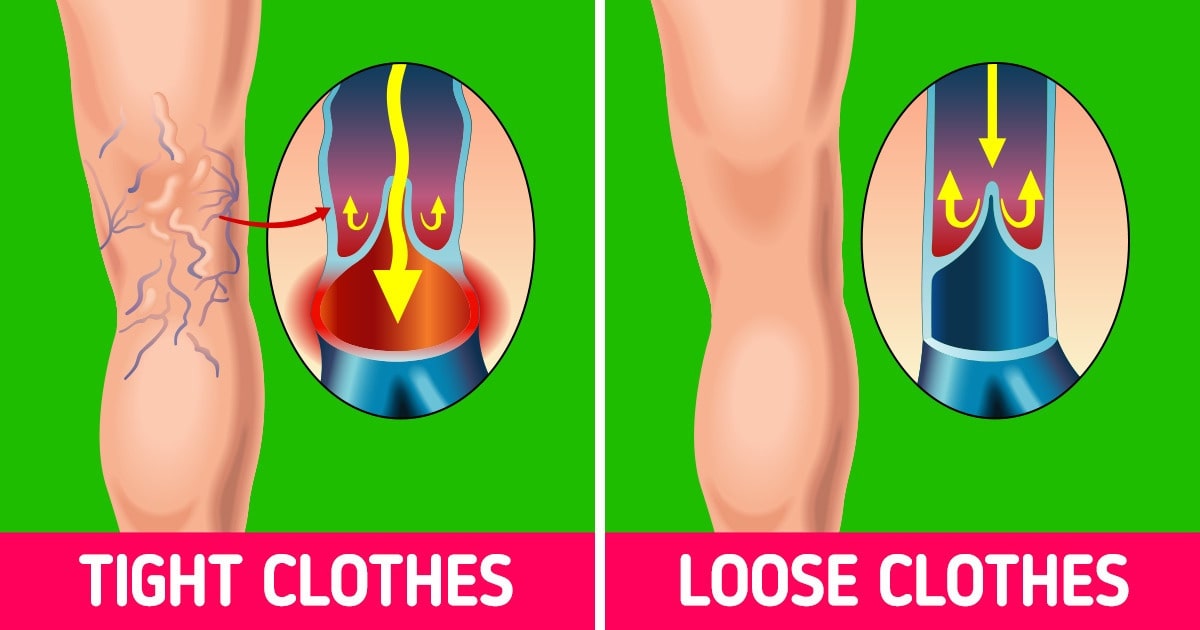In today’s fast-paced world of gourmet trends and organic lifestyles, it’s easy to assume we understand everything about the foods we love. However, surprising research and expert insights continue to reveal that many common food products hide unexpected secrets. In this article, we’ll explore six unexpected facts about everyday favorites like ketchup, crab sticks, potato chips, cornflakes, fruit yogurt, and Nutella. Along the way, we’ll provide expert tips on how to choose food products that support your health and well-being. Whether you’re a food enthusiast, a health-conscious consumer, or just curious about what really goes into your meals, read on for a deep dive into the hidden world of our favorite foods.
Ketchup: Hidden Ingredients and Surprising Health Benefits
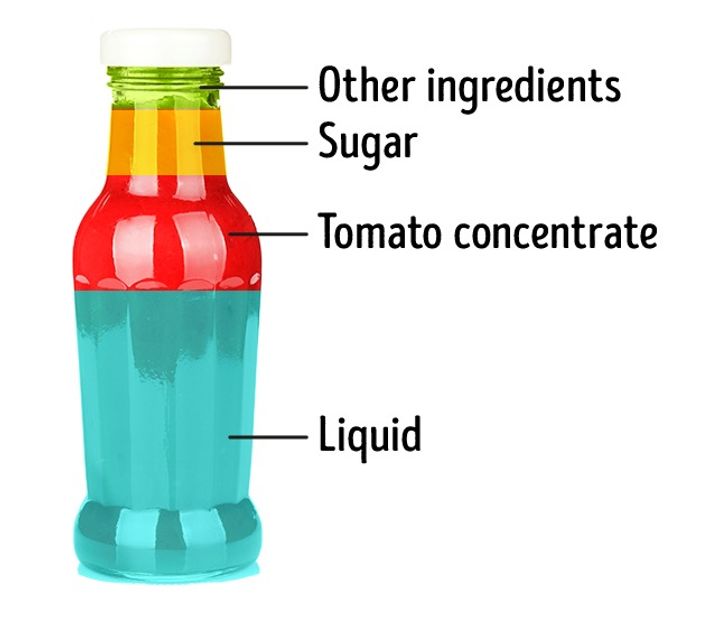
Ketchup is a staple condiment in many households, but behind its sweet and tangy flavor lies a story of unexpected ingredients and evolving recipes. Many people assume that ketchup is made purely from tomatoes, sugar, and vinegar, but in reality, commercial ketchup recipes can contain additional additives like high-fructose corn syrup, modified starches, and even preservatives that extend its shelf life.
Research has shown that the acidity level in ketchup may actually help inhibit bacterial growth, making it a safer option when used in moderation. Additionally, some artisanal and organic brands have started emphasizing natural ingredients, eliminating artificial additives and using locally sourced tomatoes. This shift aligns with the growing consumer demand for healthier and more transparent food labeling.
For those looking to enjoy ketchup without the extra sugar and additives, it’s essential to check the ingredient list and opt for brands that use high-quality, organic ingredients. According to Healthline, understanding the nutritional content can help you balance your diet without sacrificing flavor.
Crab Sticks: The Truth Behind Imitation Seafood
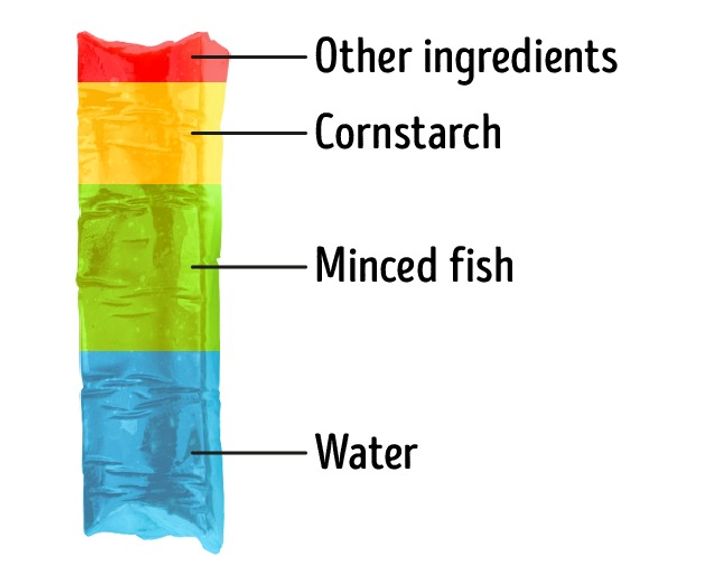
Crab sticks, often found in sushi rolls and seafood salads, are another food product shrouded in mystery. Despite their name, crab sticks rarely contain real crab meat. Instead, they are typically made from a blend of white fish like pollock, along with various flavorings, starches, and colorants to mimic the appearance and taste of crab.
The production process for crab sticks is an excellent example of food innovation and cost-effectiveness. However, consumers are increasingly concerned about food transparency and quality. When choosing crab sticks, look for products that clearly label their ingredients and provide information about sourcing and processing. Some premium brands have begun to offer versions with minimal additives and a focus on natural flavorings.
Nutritionally, crab sticks are lower in protein compared to actual crab meat and can contain additives that might not be ideal for those monitoring their intake of sodium and preservatives. For further insights into seafood processing and safety standards, the FDA’s seafood guidelines provide a reliable resource.
Potato Chips: Crunchy Snack with Unseen Impacts
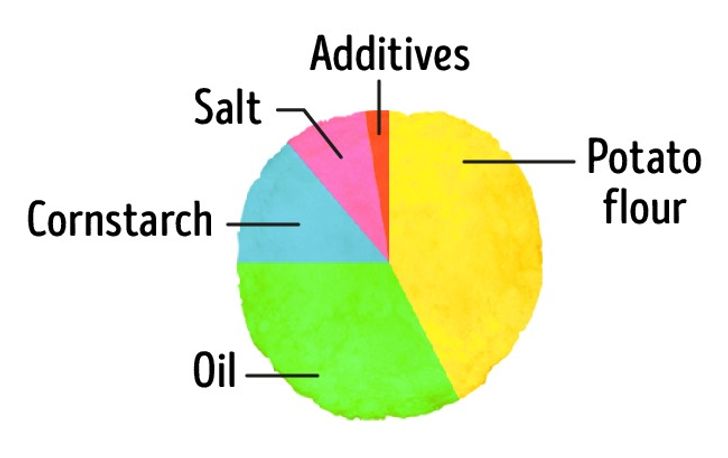
Potato chips are one of the most popular snack foods worldwide, celebrated for their satisfying crunch and variety of flavors. Yet, beneath the crispy exterior lies a host of nutritional concerns. Many commercial potato chips are high in sodium, unhealthy fats, and artificial flavorings, which can contribute to cardiovascular issues and other health problems when consumed in excess.
In recent years, however, the snack industry has seen a surge in healthier alternatives, including baked and low-fat versions, as well as chips made from alternative vegetables like sweet potatoes, beets, and kale. These innovations are designed to cater to the growing demand for nutritious, guilt-free snacking options without compromising on taste.
The transformation of potato chips from a simple, indulgent treat to a product with diverse health-oriented options reflects broader trends in food technology and consumer preferences. For more information on the evolving snack market and nutritional comparisons, check out studies published by Harvard Health Publishing.
Cornflakes: The Breakfast Controversy Unveiled
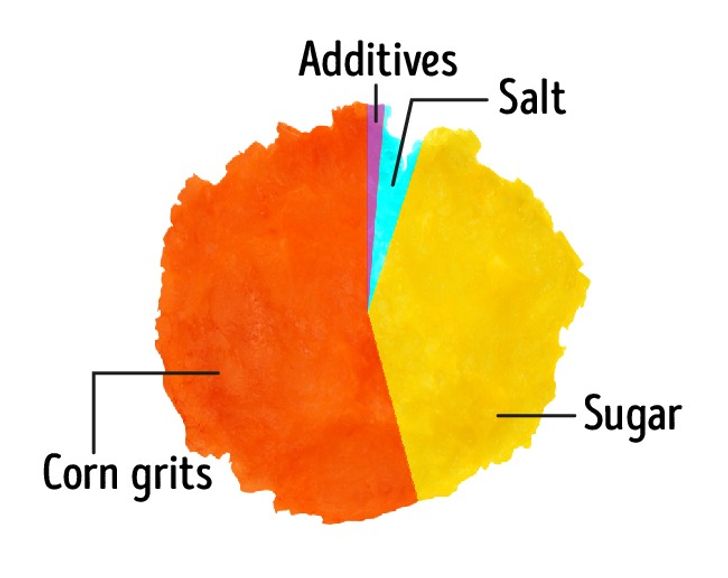
Cornflakes have long been a breakfast favorite, yet few realize the extent of the processing they undergo. Originally created as a health food in the late 19th century, modern cornflakes often contain added sugars, vitamins, and minerals to appeal to today’s consumers. Despite these enhancements, the high glycemic index of cornflakes can lead to rapid spikes in blood sugar, a fact that has sparked debate among nutrition experts.
Moreover, the production of cornflakes has been scrutinized for its environmental impact, particularly regarding the use of genetically modified (GM) corn in some regions. With increasing public awareness about sustainable agriculture and organic food practices, many consumers are turning to alternative breakfast cereals made from whole grains and natural ingredients.
For those interested in understanding the science behind breakfast cereals and their nutritional implications, resources such as The Whole Grains Council offer detailed insights and recommendations.
Fruit Yogurt: Sweetness, Additives, and Nutritional Paradoxes
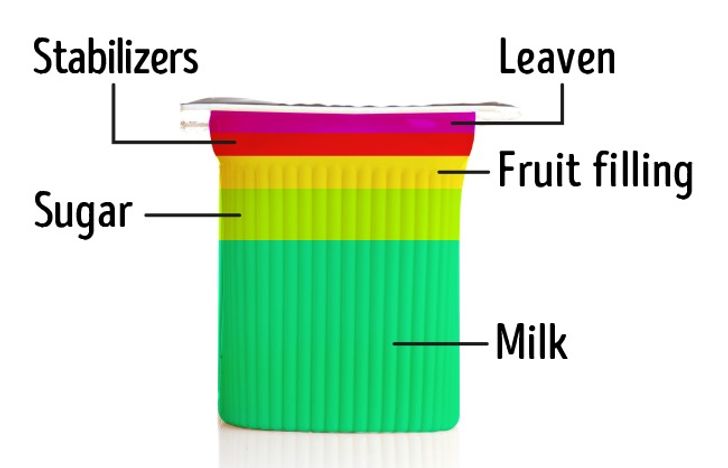
Fruit yogurt is marketed as a healthy snack and breakfast option, combining the benefits of probiotics with the natural sweetness of fruit. However, a closer look at many commercial varieties reveals that they often contain added sugars, artificial flavorings, and even thickeners to improve texture. This raises the question: is fruit yogurt as healthy as it appears on the label?
Consumers are advised to read the nutritional labels carefully, as not all fruit yogurts are created equal. Some brands offer unsweetened or lightly sweetened versions that rely solely on the natural sugars found in fruit, while others are laden with extra calories and additives that can negate the health benefits of probiotics. Additionally, the type of fruit used and its processing methods can impact the overall nutritional profile of the yogurt.
Recent trends have seen the rise of Greek yogurt and other high-protein alternatives, which often have fewer additives and a richer nutritional profile. For comprehensive nutritional comparisons and expert opinions on yogurt varieties, the Mayo Clinic provides reliable guidance.
Nutella: The Hidden Story Behind the Chocolate-Hazelnut Spread
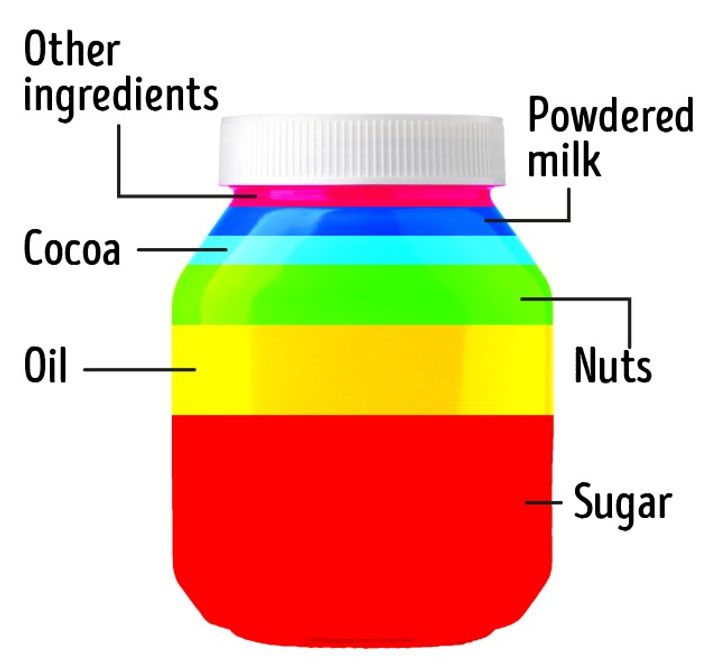
Nutella, the beloved chocolate-hazelnut spread, has a loyal fan base worldwide. Its smooth texture and sweet, nutty flavor make it a popular choice for everything from breakfast spreads to dessert toppings. But what many people don’t realize is that Nutella’s ingredients and production process have sparked controversy and debate.
Nutella is primarily made from sugar, palm oil, hazelnuts, cocoa solids, and skimmed milk. However, the high sugar and palm oil content have raised concerns among nutritionists regarding its impact on long-term health. Moreover, the sustainability of palm oil production has become a critical issue, with environmental groups advocating for more sustainable sourcing practices.
In response to consumer concerns, Ferrero—the company behind Nutella—has taken steps to address these issues by improving the sustainability of their palm oil supply chain and investing in environmental initiatives. Nonetheless, it remains essential for consumers to enjoy Nutella in moderation as part of a balanced diet.
For further reading on sustainable food practices and the impact of palm oil, reputable sources like National Geographic and The Guardian provide in-depth analyses and reports.
General Tips for Choosing Food Products: Expert Advice for Health and Wellness
Navigating the complex landscape of food products can be overwhelming, especially with the myriad of ingredients, additives, and processing techniques used by manufacturers. Here are some expert tips to help you make informed choices and optimize your diet for better health:
Prioritize Transparency and Ingredient Quality
Always look for products with clear labeling. The ingredient list should be straightforward, without excessive additives or artificial ingredients. Opt for organic and non-GMO products when possible, as these options are less likely to contain harmful chemicals or genetically modified components. Resources like USDA Organic can help you identify certified organic products.
Embrace Whole and Minimally Processed Foods
Focus on consuming whole foods that are close to their natural state. Fresh fruits, vegetables, lean proteins, and whole grains provide essential nutrients without the extra calories and additives found in processed foods. This approach not only enhances your overall health but also supports sustainable food practices.
Balance Nutritional Needs with Flavor
While it’s important to enjoy the foods you love, balancing indulgence with nutritional value is key. Experiment with recipes that allow you to recreate your favorite snacks at home, using healthier ingredients. For instance, making your own potato chips using baked, thinly sliced vegetables can be a fun and nutritious alternative.
Consider the Environmental Impact
Sustainable food choices are becoming increasingly important as consumers become more aware of the environmental impact of food production. Look for brands that prioritize sustainability and ethical sourcing. Information on sustainable practices can be found on websites like Sustainable Food Trust.
Stay Informed with Credible Sources
Keeping up with the latest research and recommendations from credible sources can help you make better decisions about your food. Trusted websites such as WebMD, Healthline, and Harvard Health offer expert advice and scientific insights into nutrition and food safety.
Moderation Is Key
Even when enjoying your favorite foods, moderation is essential. Portion control and a balanced diet are crucial for maintaining long-term health. Indulging occasionally in treats like Nutella or fruit yogurt is perfectly acceptable when balanced with a nutrient-rich diet.
Experiment with New Food Trends
The food industry is constantly evolving, with new trends emerging all the time. Keep an open mind and try new products that emphasize health and sustainability. Whether it’s exploring alternative snack options or discovering innovative recipes, staying curious about food can lead to better overall eating habits.
Conclusion
The unexpected facts surrounding our favorite foods—from the hidden ingredients in ketchup to the controversial production processes behind Nutella—remind us that there is always more than meets the eye when it comes to what we consume. By becoming more informed about the nutritional content and sourcing of these everyday items, you can make healthier choices that not only benefit your body but also support a more sustainable food system.
In this post, we have uncovered surprising insights about common food products and shared expert tips for choosing healthier options. As you navigate the grocery store aisles, remember to prioritize transparency, sustainability, and moderation. With knowledge as your guide, you can enjoy your favorite foods while still maintaining a balanced and healthful diet.
By staying informed through reliable sources and keeping up with the latest food trends, you can transform your eating habits and contribute to a healthier lifestyle. For more detailed analyses and ongoing updates in the world of nutrition and food safety, explore trusted resources like Harvard Health Publishing and Mayo Clinic.
Embrace the journey of food discovery, and let your curiosity drive you to question what you thought you knew about your favorite foods. After all, when it comes to what we eat, the more we learn, the better choices we can make for our health, our communities, and our planet.
Preview photo credit rvlsoft / Shutterstock.com

